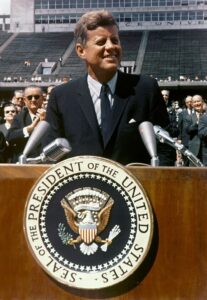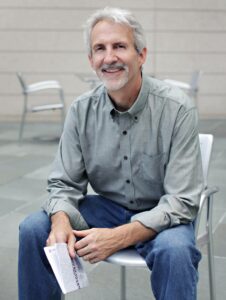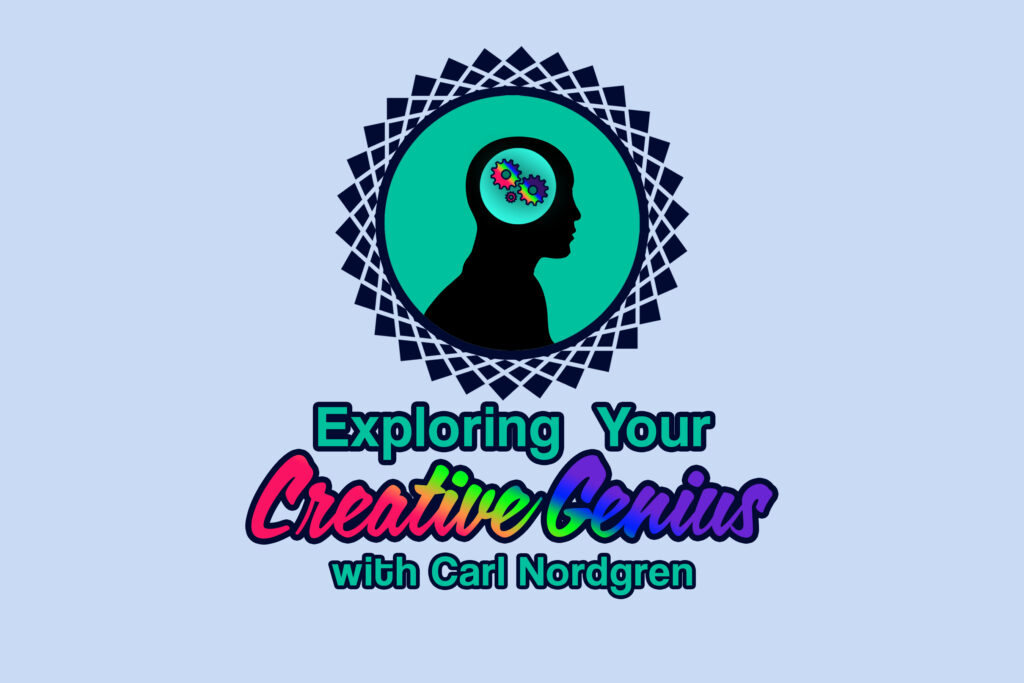In my work helping folks become their most creative and entrepreneurial selves, I sometimes use exaggeration so they experience the full truth. That said, there’s no hyperbole in this title.
It’s research based, rooted in NASA’s heroic acceptance of President Kennedy’s challenge back in 1962. Standing on the stadium stage at Rice University under a 102°F sun, he challenged us to become the first nation to send a man to walk on the moon then return home, all done before the decade ended.

JFK at Rice University (photo via NASA.gov)
NASA’s acceptance was heroic because at the time they didn’t have the underlying knowledge to shape the core strategies needed to direct technology development. Appreciating the challenge, NASA realized they must hire the most creative and innovative scientists and engineers they could find. This lead to George Land and Beth Jarman being tasked to develop an assessment tool measuring important creative cognitive processes.
The tool was first tested on NASA’s employees to see if the results aligned with their employees’ creative performance; it was accurate. Those delivering innovative breakthrough work scored the best and NASA found the middle and bottom level assessment performers consistent with their modest to minimal innovation contributions.
NASA labeled their top performers on the assessment “creative geniuses.”
Later Land and Jarman took the same assessment tool and used it to measure the performance of 1,600 kindergartners. 98% of them performed at NASA’s Creative Genius level.
Good odds, eh? A 98 out of 100 chance you were born a creative genius. Doesn’t that make the case right off that this is core to who we are when 98% of us have it in common?
I think it’s cool our creative genius is our common ground, and celebrate it whenever I can.
Want more proof of the broad distribution of creatively entrepreneurial qualities? A few years back an economist studied UN labor statistics and found in states classified as developing nations, 75% of all employment was self-generated — folks identifying a problem in their villages or neighborhoods, developing a solution and executing successfully.
We can be sure they do this without any education in entrepreneurship, likely with little education of any sort, and without financial capital. They invest their natural creative capital.
Perhaps along with these quantitative supports for our natural creative genius you appreciate a qualitative one.
What memories spring from Phylicia Rashad’s wonder-filled quote?
“Before we could talk, we sang. Before we could write, we drew. And as soon as we could stand, we danced.”
My wife is an early childhood educator and entrepreneur. I have participated in her programs for two decades and seen hundreds of children with unlimited imaginations, tireless curiosity, a natural bias for creative action, their conversion of a fail into new understanding.
Remember when you were like that? Doesn’t the eye ball test of watching kids play support the research, that when we were young we all engaged the world with natural creative and entrepreneurial predispositions.
Are you that way now?
I don’t know what your experience has been, but I never bought the idea long held in Western Culture that creativity was the special gift of a privileged few. Throughout my 40+ year career as a creative professional and entrepreneur the one constant was I handled talent development and I found, and continue to find, depth and breadth of creative and entrepreneurial abilities in abundance, everywhere and every time I look for it.
Back to Drs. Land and Jarman. They were intrigued with the result so they assessed this cohort every few years and the scores dropped each time until in their early 20s only 2% of them performed at NASA’s Creative Genius level. The researchers’ concluded the decline was because they went to school and were told there was only one right answer to a question or problem and there was only one way to get to that right answer — they were taught to not be creative in their approach to learning.
It’s been fun helping tens of thousands of folks intentionally embrace being creatively entrepreneurial for our creative genius doesn’t go away, even when we dismiss it. It’s ready to be renewed, restored, and quite often the folks I work with have been living highly creative lives while calling it something else.
So I’m here to help you with your personal creatively entrepreneurial growth. I shared the easy tip of staring at Green in the first column. The next easiest tip is to take a walk. Research from Stanford found when you do the two hemispheres of your brain integrate, the rational playing with the intuitive, which is the best creative state for you. Challenged by a project? Take it for a walk.
Next: Why I prefer the term ‘creatively entrepreneurial’ — but won’t define it.
 “Exploring Your Creative Genius” takes an expansive view on what it means to be creative and entrepreneurial in an ongoing conversation led by Carl Nordgren — entrepreneur, novelist, and lifelong student with decades of experience growing his own creative capacity and assisting others to do the same in exciting new ways!
“Exploring Your Creative Genius” takes an expansive view on what it means to be creative and entrepreneurial in an ongoing conversation led by Carl Nordgren — entrepreneur, novelist, and lifelong student with decades of experience growing his own creative capacity and assisting others to do the same in exciting new ways!
You can also find more ways to explore your creative genius in this column’s companion radio program, broadcasting on 97.9 The Hill WCHL and posted here on Chapelboro!
Chapelboro.com does not charge subscription fees, and you can directly support our efforts in local journalism here. Want more of what you see on Chapelboro? Let us bring free local news and community information to you by signing up for our biweekly newsletter.



